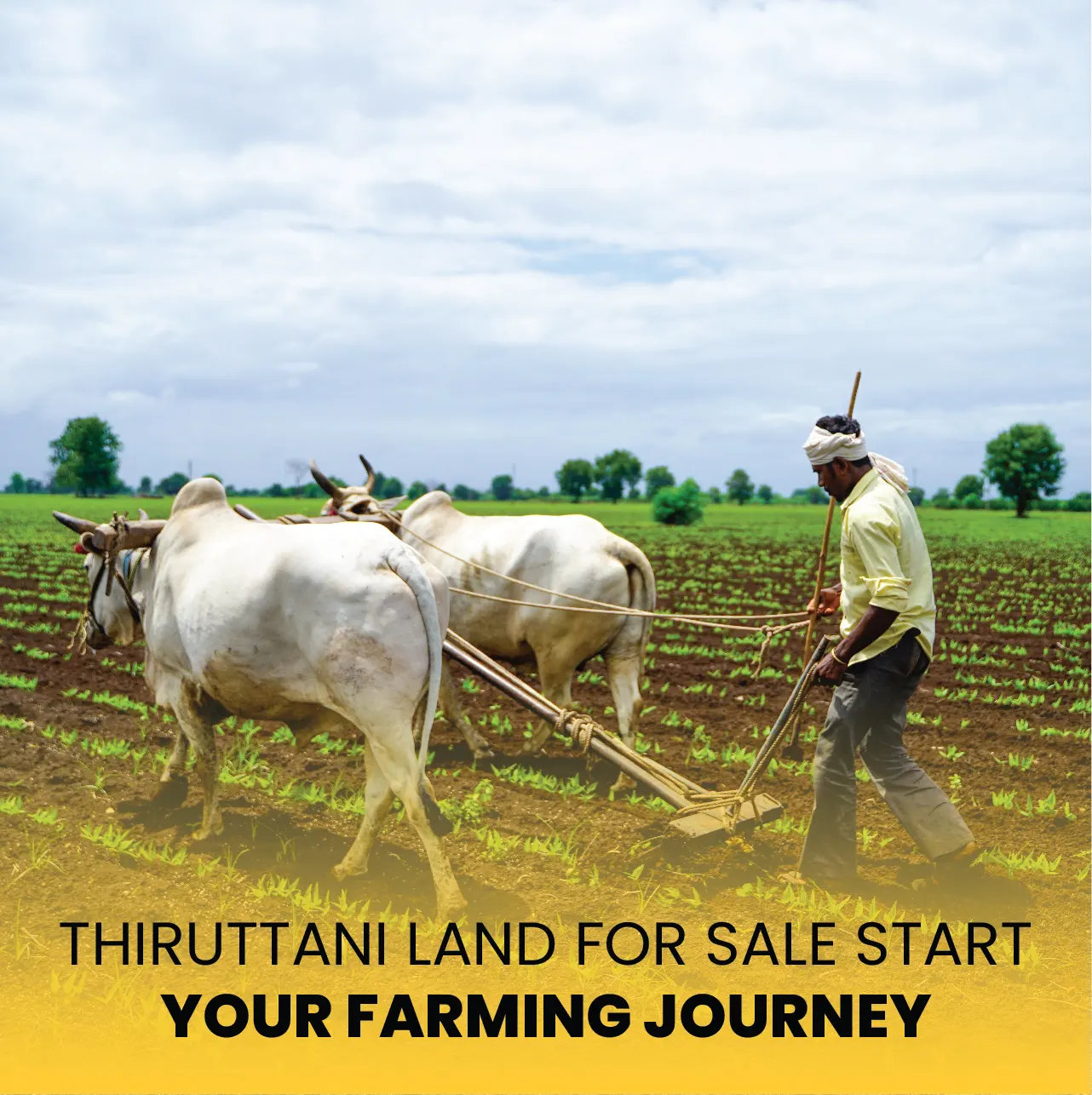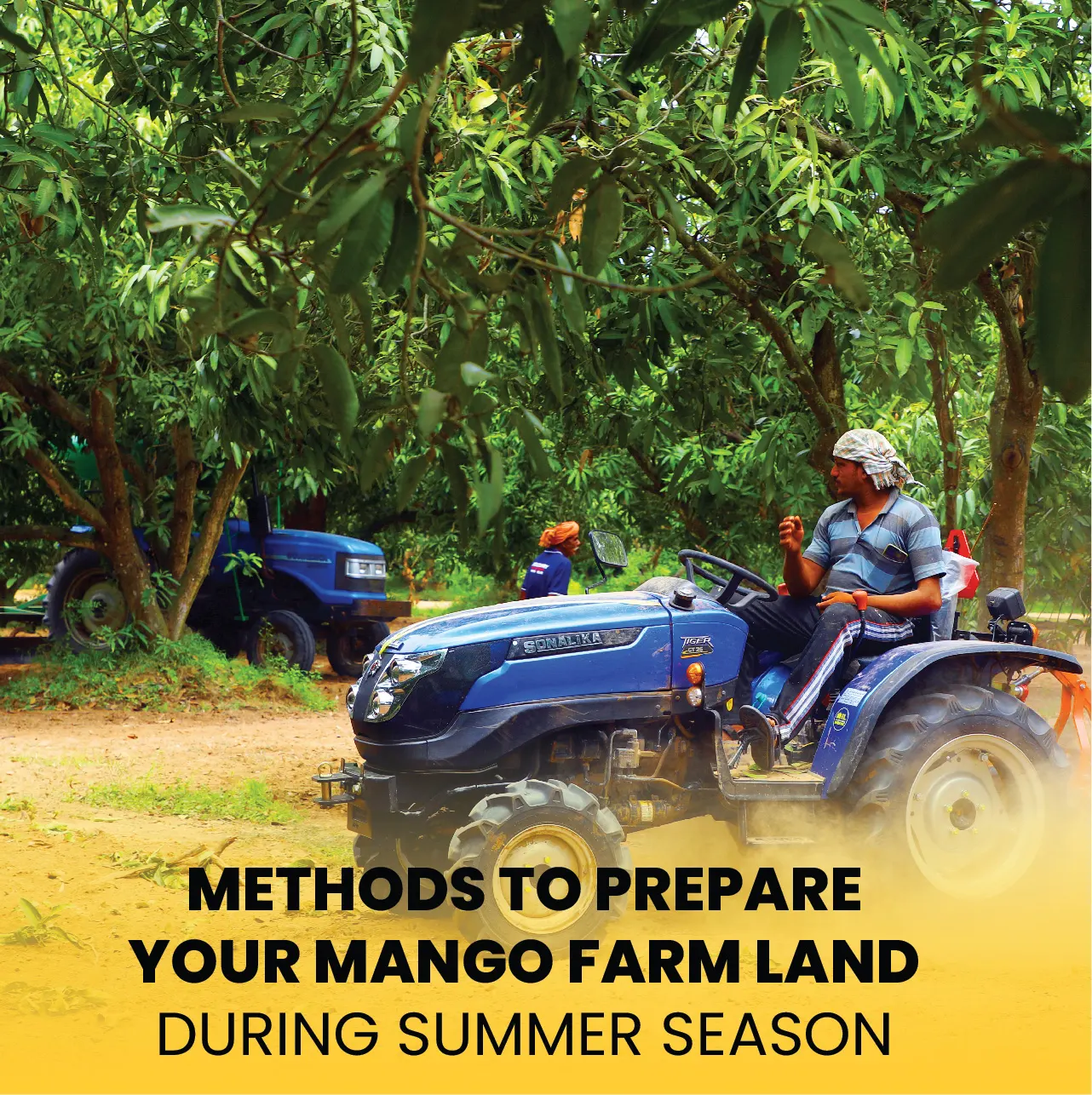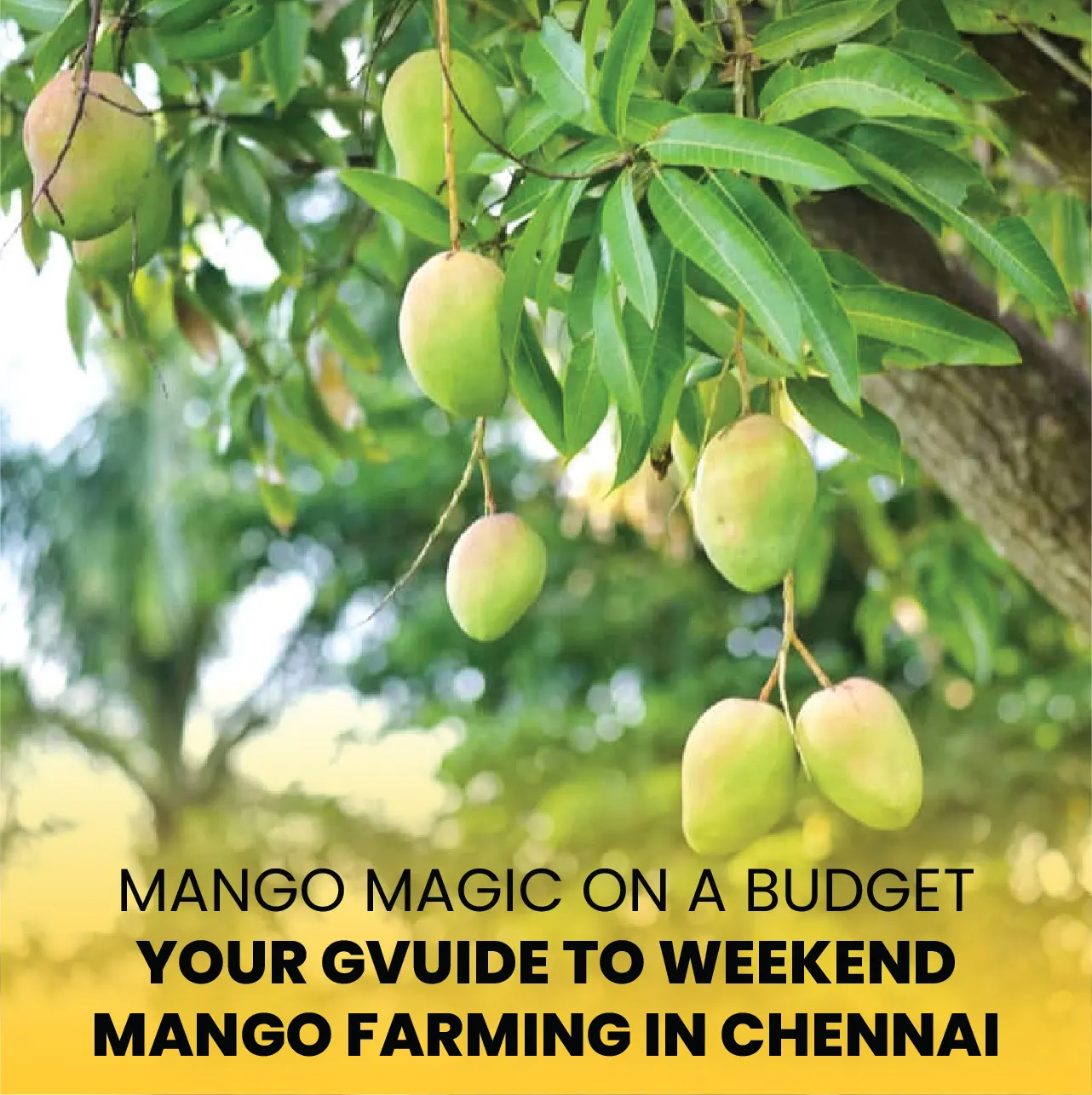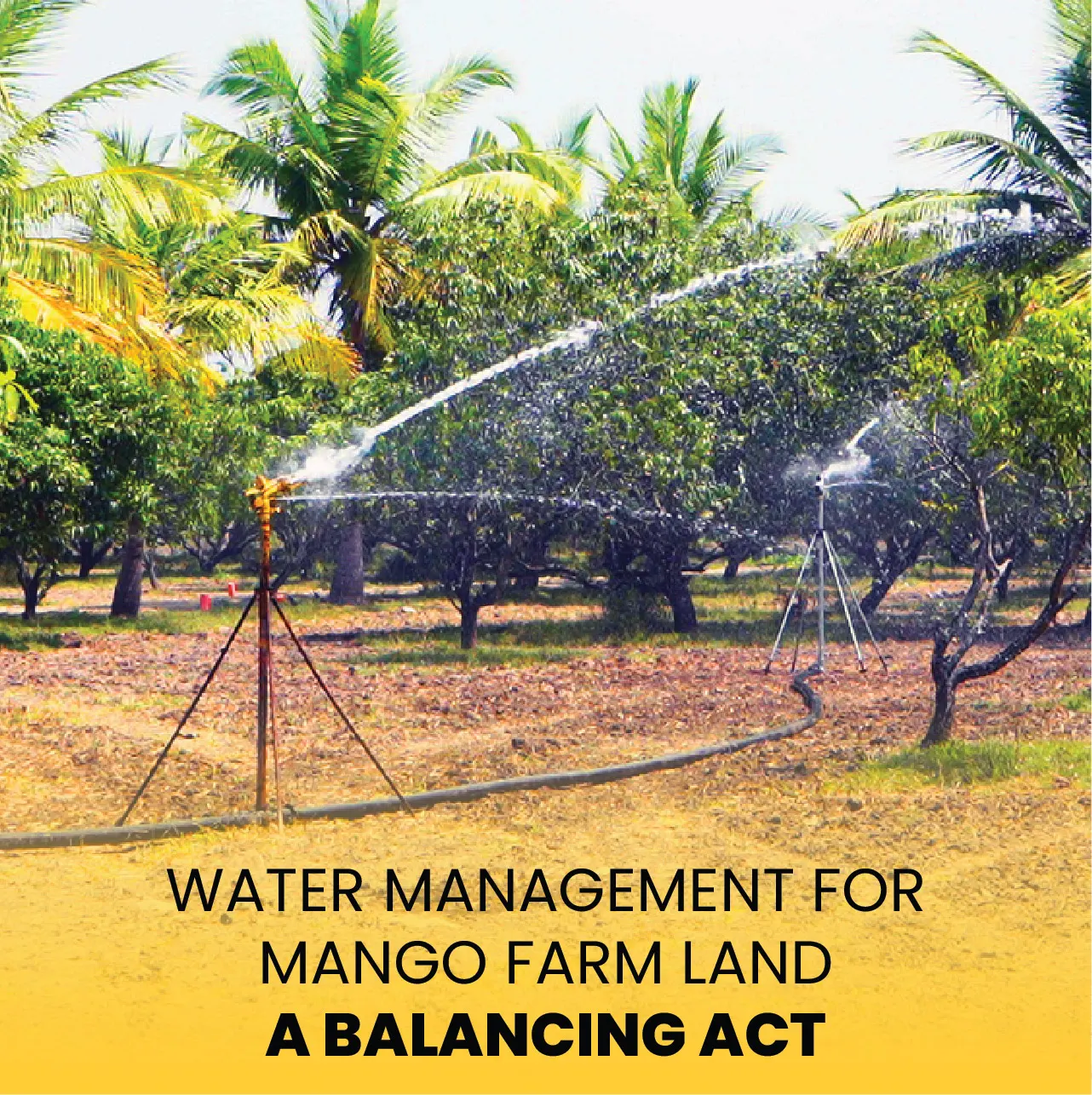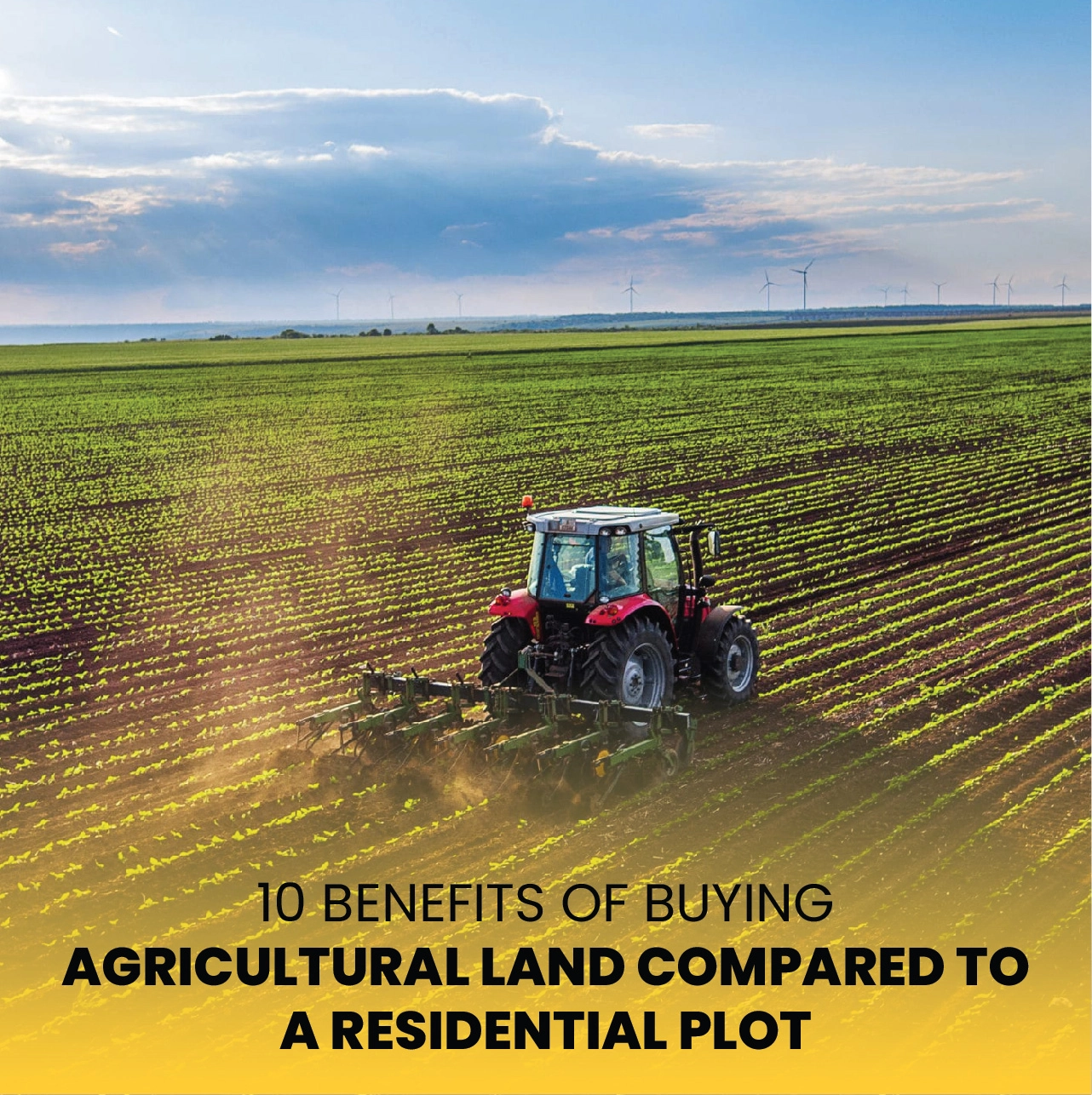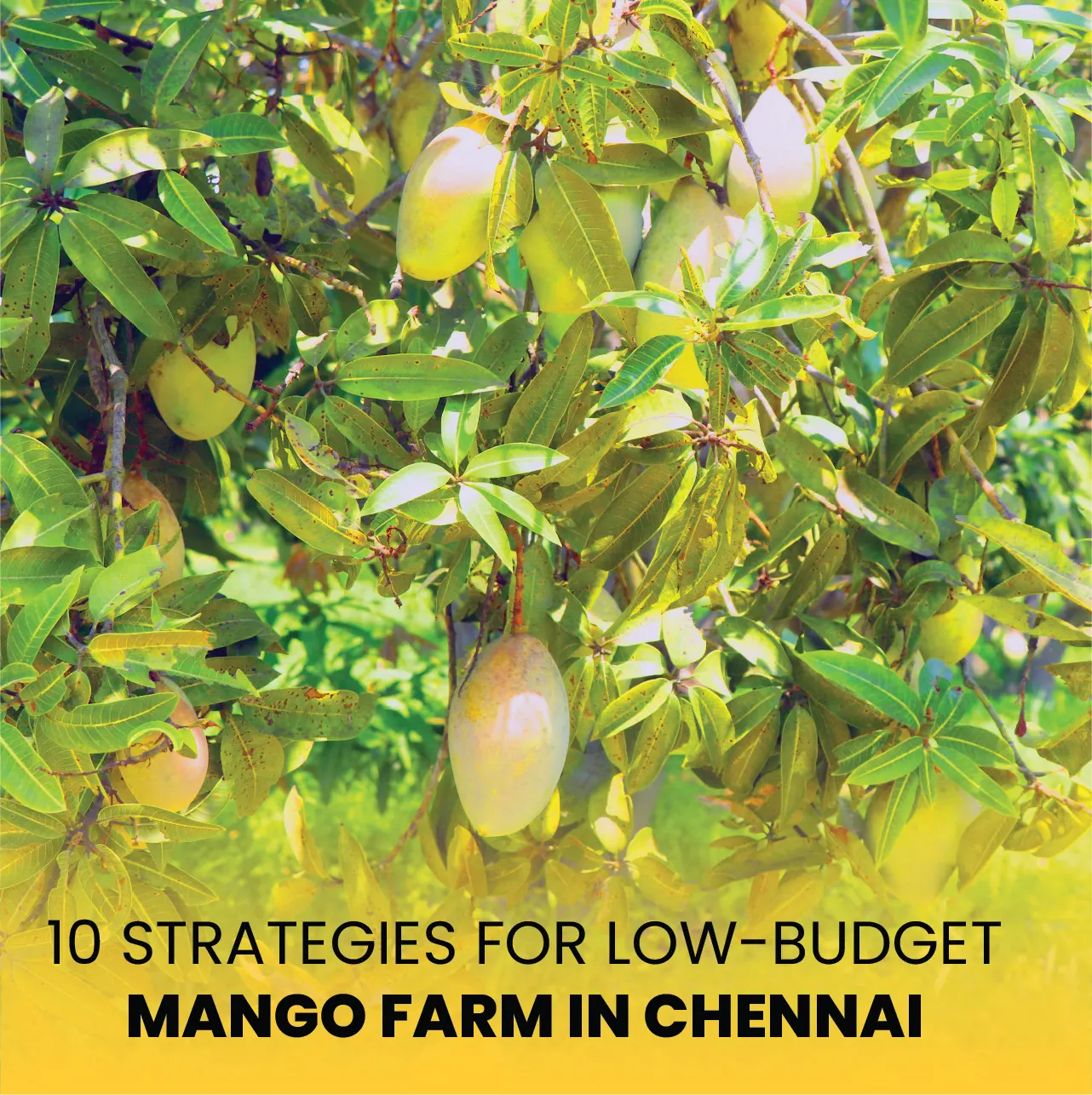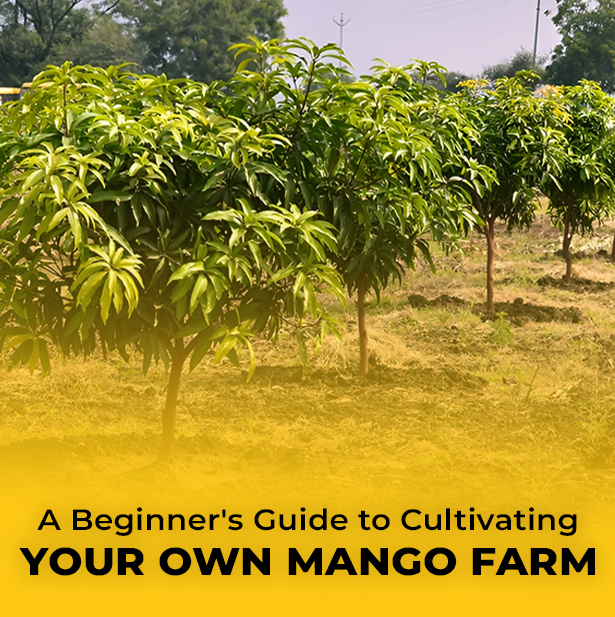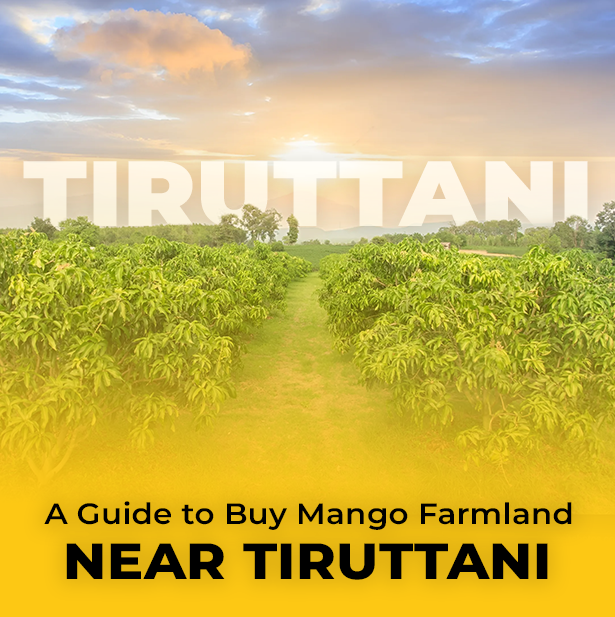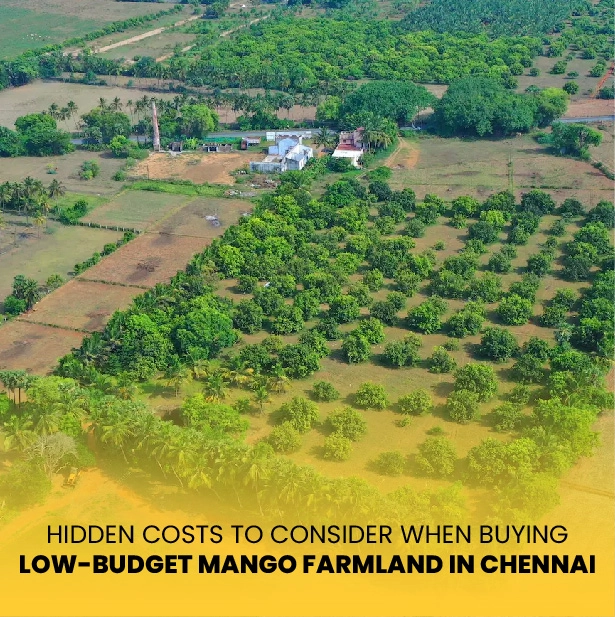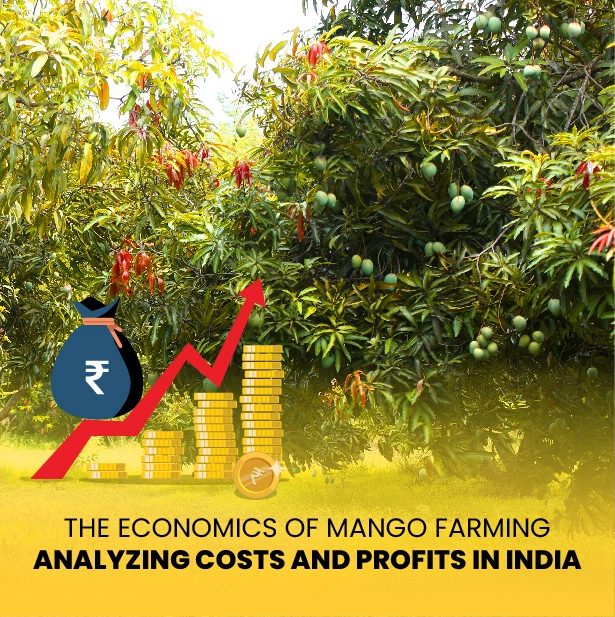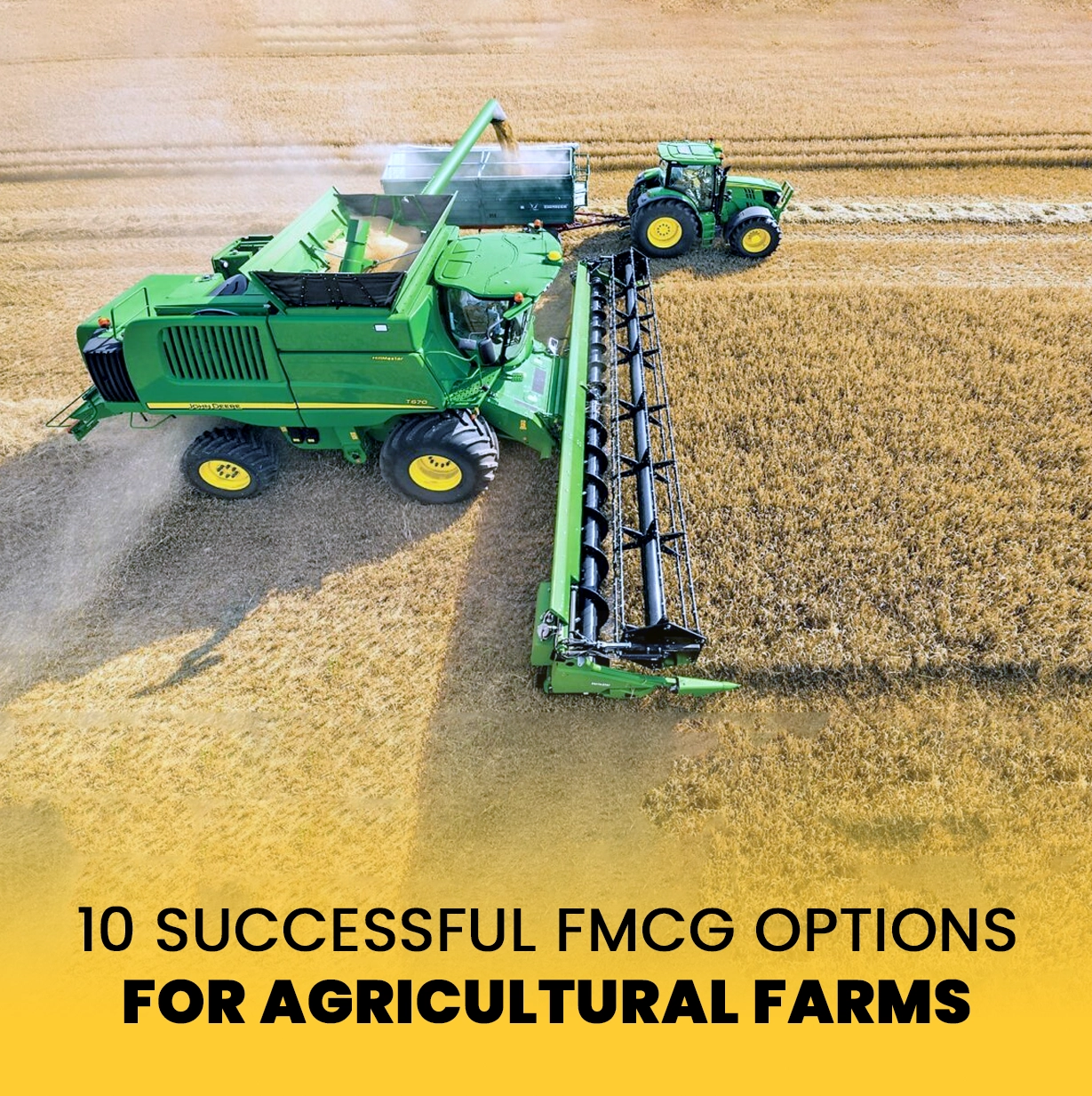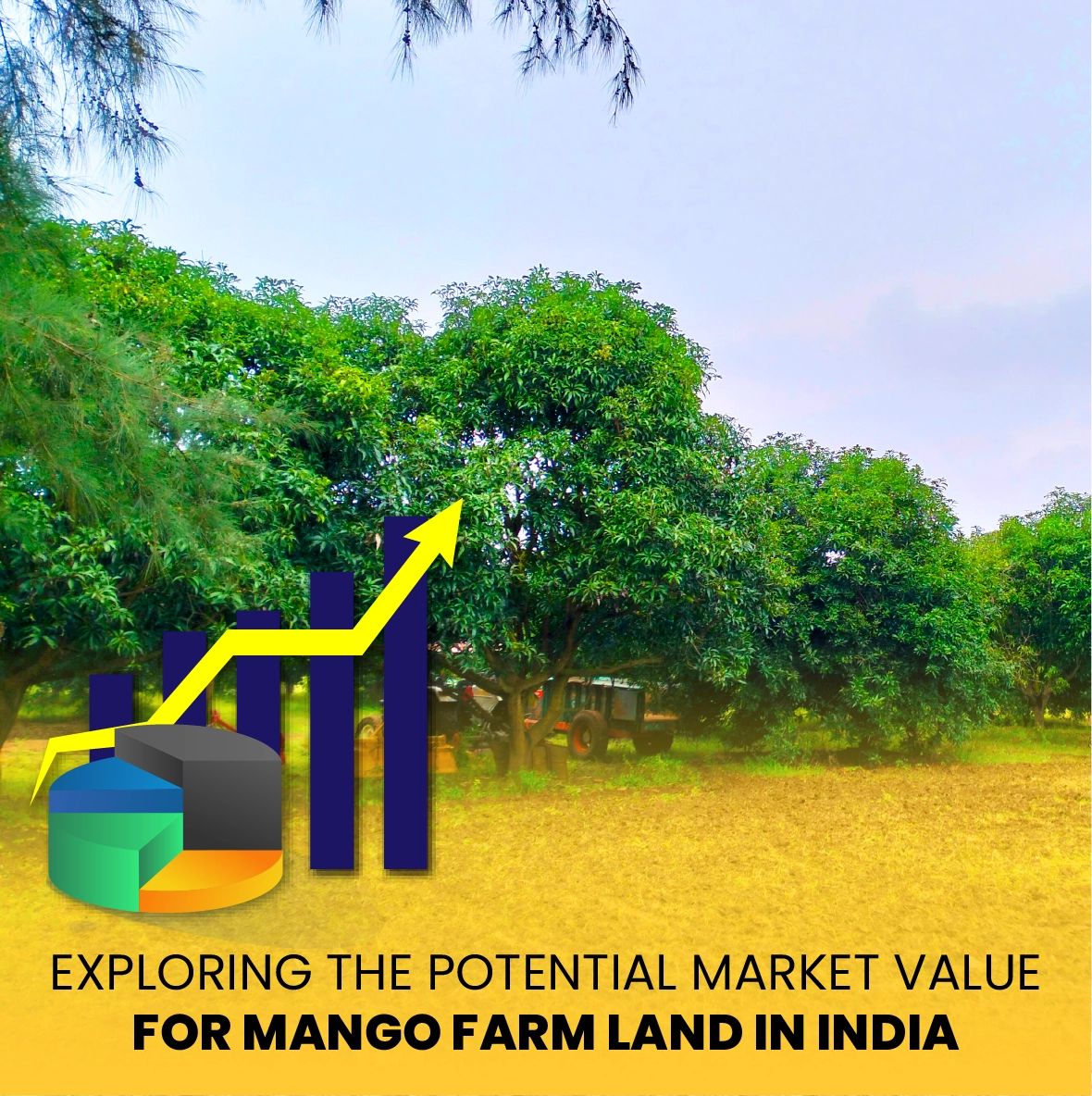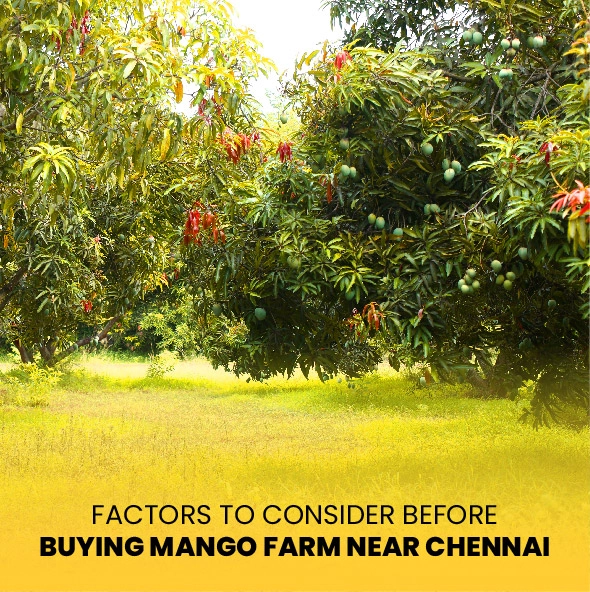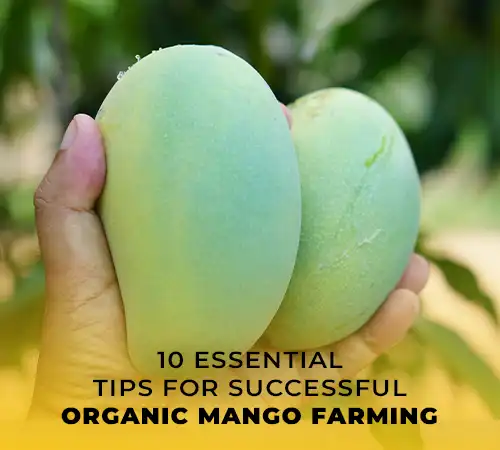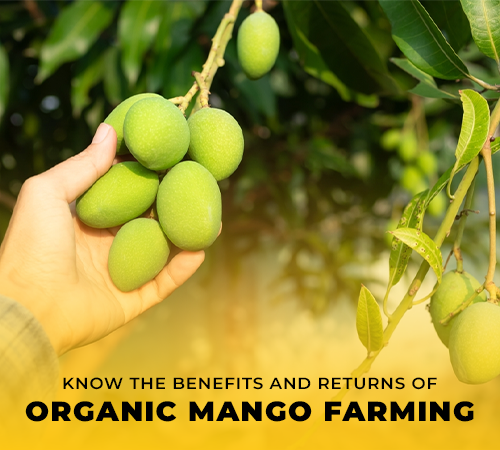The landscape of modern agriculture has changed dramatically over the past century, with advancements in machinery and technology playing a key role in increasing productivity and efficiency. From planting to harvesting, innovative farm equipment has revolutionised how farmers manage their land, reduce labour costs, and increase crop yields. In this blog, we will explore eight essential pieces of farm equipment—plough, harvester, seed drill, tractor, sprayer, baler, rotavator, and combine harvester—that are at the forefront of modern agriculture and are transforming the way farms operate.
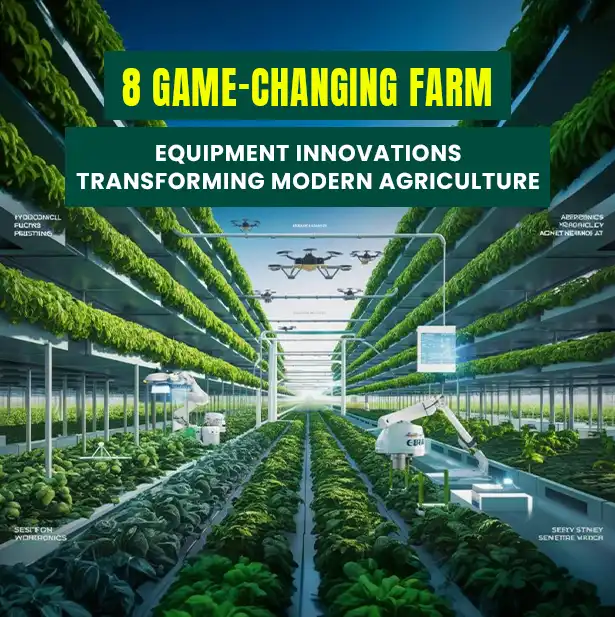
Plows are among the oldest farming tools, but modern improvements have made them more efficient and flexible. The purpose of ploughs is to break and turn the soil, creating ideal conditions for planting. They turn over any organic matter to break down into the ground and promote airflow in the soil, thereby allowing roots to flourish and absorb nutrients.
Often attached to tractors, modern ploughs come in several shapes, including moldboard, chisel, and disc ploughs. Some now have sensors that can automatically alter the blade's depth and angle and track soil conditions. This ensures that the soil is turned over at the proper depth to support good plant development, in addition to helping to save petrol and reduce machine wear and tear.
Harvesters are essential for reducing labor costs and ensuring fast and effective agricultural harvesting. Modern harvesters come in various types, specifically designed for a variety of crops such as grains, fruits, and vegetables. These devices maximise yield by automatically cutting, gathering, and sorting crops, therefore reducing manual labour and time.
Through performing several operations—reaping, threshing, and winnowing—all in one go—the contemporary grain harvester, or combine harvester (described in more depth below), has transformed grain farming. To guarantee accuracy and efficiency in the harvesting process, some harvesters additionally incorporate GPS systems, sensors, and artificial intelligence (AI), therefore enabling farmers to gather their harvests with the lowest possible loss and fastest speed.
The correct depth and spacing of seeds are crucial for maximizing crop output, and the seed drill is a fundamental piece of equipment that ensures this. Before the development of seed drills, manual seed distribution often led to uneven distribution and low germination rates. Modern seed drills cover seeds with soil to protect them from pests and birds, then arrange them in rows at the proper depth to ensure equal spacing.
Modern seed drills' accuracy is among their most novel aspects. Sensors and algorithms included in advanced seed drills now change the seed rate according to terrain, moisture content, and soil conditions. By reducing disturbance, this precision seeding technology can greatly lower seed waste, raise crop yields, and encourage better soil through minimisation.
Probably the most useful and flexible tools in contemporary farming are tractors. They power most other farm tools, from plows and seed drills to balers and sprayers. Among the many sophisticated tools modern tractors offer are GPS navigation, autosteering, and fuel-efficient engines.
Precision farming technology can fully automate today's tractors, enabling farmers to control them remotely or even autonomously. These intelligent tractors employ GPS technology to precisely navigate fields, guaranteeing the most efficient ploughing, seeding, or spraying of the land. In addition to improving farm productivity, these advancements reduce fuel consumption, minimise soil compaction, and increase the longevity of farm equipment.
Protection of crops from weeds, diseases, and pests depends critically on sprays. To assist farmers in keeping good crops, they equally apply pesticides, herbicides, and fertilisers over large areas. Modern sprayers come in a variety of forms, from boom sprayers to air-assisted sprayers to drone-based systems.
Sprayer technology has evolved with an eye towards sustainability and accuracy. Sensors in sprayers, for example, allow them to monitor plant health and modify chemical delivery, reducing usage and environmental impact. Drone sprayers are a recent development that allows farmers to spray crops more effectively—especially in remote areas. You can set these drones to cover designated zones, ensuring that only the regions in need receive treatment, thereby saving resources and reducing overall chemical consumption.
Collecting and compressing hay, straw, or crop residue into small bales for simple transportation and storage depends on balers—essential devices. Round, square, and rectangular balers are among the several varieties based on the requirements of the farm.
Modern balers now have automatic tying, moisture sensors, and bale size changes, among other things. Certain sophisticated balers may track the material's moisture content and notify the operator should the conditions prove unsatisfactory. This guarantees proper moisture level storage of the hay or straw, lowering the possibility of spoiling and enhancing the quality of feed for cattle.
Furthermore, some balers are made to manage various kinds of crop waste, allowing farmers to use by-products that would otherwise be wasted and encouraging farm sustainability.
By breaking up clumps, weed removal, and soil aeration, the rotavator—also called a rotary tiller—helps farmers prepare the ground for planting. Rotavators, unlike conventional ploughs, produce a fine, loose structure that encourages greater root development and water absorption by churning the soil with rotating blades.
Modern rotavators aim to be precise and efficient. They frequently cover large areas quickly and connect quickly to tractors. Many models feature changeable blades and depth settings, which let farmers adjust their soil preparation to the particular requirements of various crops. In organic farming, where weed control is critical without using pesticides, rotavators are especially helpful. Rotavators enhance sustainable farming methods by allowing crop wastes to return to the soil, thereby improving soil fertility and structure.
Combining three important harvesting operations—reaping, threshing, and winnowing—into a single process, the combine harvester is among the most creative and useful tools in contemporary agriculture. For farmers raising cereal crops such as wheat, barley, and rice, this machine is a time saver and a game changer.
Advanced technologies, including GPS navigation, yield monitoring, and even AI-driven automation, abound on modern combine harvesters. Their design seeks to maximise efficiency while minimising crop loss throughout the harvesting process. Certain types may even automatically adjust to different crop conditions, therefore guaranteeing that the machinery is running at maximum performance all during the harvest season.
By greatly lowering the labour required to harvest crops, combine harvesters have let farmers cover vast regions in a fraction of the time it would take with manual labour or simpler technology. They have thus become absolutely essential in large-scale agricultural activities worldwide.
New agricultural equipment has revolutionised agriculture, increasing its efficiency, sustainability, and output. Modern equipment has simplified the whole farming process, from the plough that gets the ground ready to the combine harvester bringing in the goods. These developments not only save labor costs and raise crop yields, but also help farming be more sustainable by besting resource usage and minimizing environmental impact.
From fully autonomous tractors to AI-driven harvesters, even more creative machines will probably find place in farming as technology develops. These innovations are transforming farming everywhere, guaranteeing food security and prosperity for future generations.
